Building a New Website: The Ultimate Guide
If you're considering building a new website in 2024, you're making a smart move. With over 5.3 billion internet users worldwide, online presence has never been more critical for businesses and individuals. But where do you start? What kind of website should you build? What tools and platforms are available? This comprehensive guide will walk you through the entire process, from initial planning to launch and beyond.
Table of Contents
Why You Need a Website in 2024
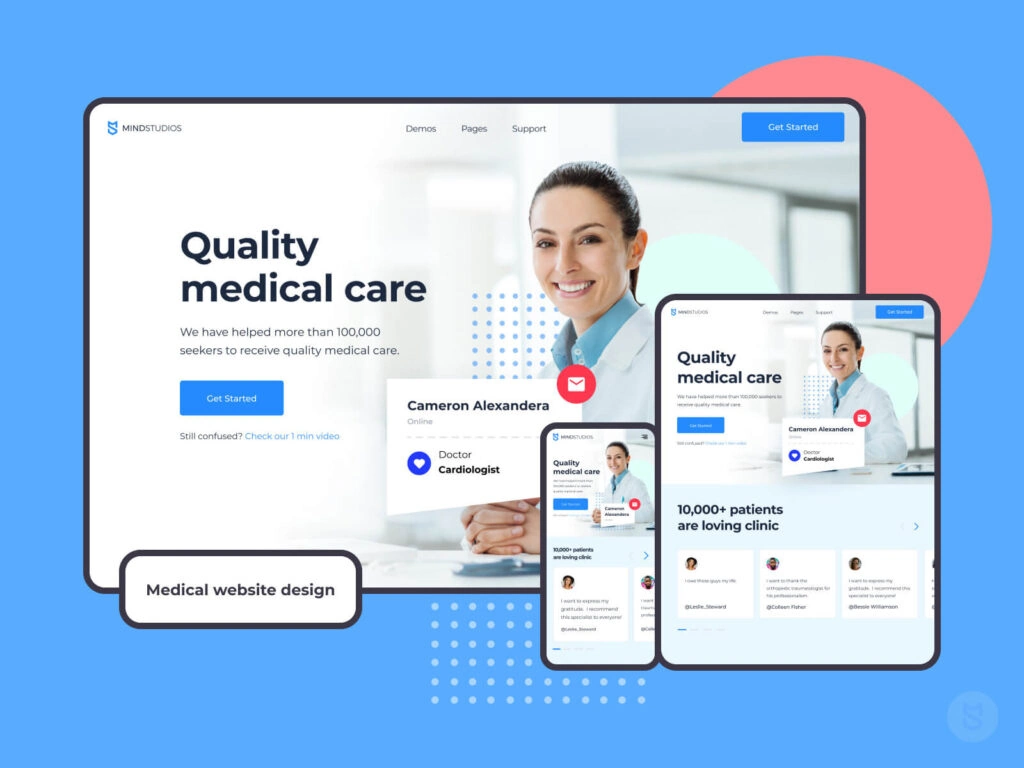
Let's start with the basics – why have a website in the internet age? Here are some of the top reasons:
Establish Your Online Presence
These days, the first thing someone does when they want to learn about a business or person is to search for their website. If you don't have one, you're missing out on being discovered. A website establishes your brand and tells people who you are.
Sell Products or Services
Websites enable ecommerce through online stores and booking systems. They allow customers to easily find and purchase your offerings anytime, day or night. Websites vastly expand your sales reach.
Share Information
A website is an always-available information centre about your business, products, services, location, contact details, etc. It enables 24/7 access to critical information.
Build Community
Websites foster community between you and your customers or audience through blogs, forums, member areas, and comments. This leads to engagement and loyalty.
Establish Credibility
In a digital world, having a professional website lends legitimacy to you and your brand. It shows you are serious about your online presence.
Not having a website in 2024 puts you at a significant disadvantage in reaching customers and building your business. The time is now to get your website up and running.
Choosing the Right Platform
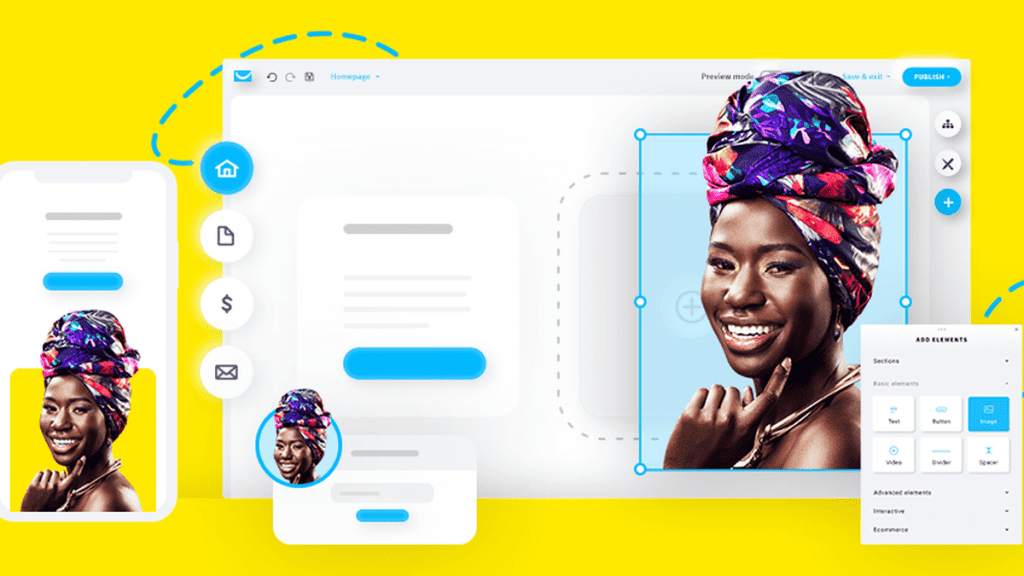
The first big decision in building a new website is choosing the right platform or framework to make it. You have two primary options:
1 – Use a Website Builder
Services like Wix, Squarespace, Weebly, etc. allow you to choose a template, drag and drop content blocks, and have a site live with minimal technical skills needed. This ease of use comes at the cost of less customisation flexibility.
Pros:
- Quick and easy setup
- Low technical skills required
- Good for basic websites
- Affordable
Cons:
- Template-based designs can seem generic
- Limited customisation options
- Must use their domain name
2 – Build on a CMS
A content management system (CMS) like WordPress or Joomla offers more customisation and scalability. However, it requires technical expertise to customise designs, add functionality, and manage the backend.
Pros:
- Fully customisable design and features
- Robust backend and settings
- Own your domain name
- Great for complex or growing websites
Cons:
- Steeper learning curve
- Need technical resources for setup and maintenance
- Hosting requires more management
When deciding between the two options, consider your budget, timeline, need for customisation, and access to technical resources. For many small business owners, starting with a website builder allows for faster setup than migrating to a CMS once established.
7 Steps to Building a New Website
Once you've decided on a platform, follow these key steps to bring your new website to life:
1 – Define Your Goals
Start by clarifying the purpose of your new website and KPIs. Do you want to generate leads? Drive online sales? Establish thought leadership? Build community? Defining success upfront aligns your efforts.
2 – Plan Your Content
Outline the pages, topics, and media you need to achieve your goals. Plan top-level navigation, page hierarchies, and content mapping before you start building. Good planning sets you up for an effective site.
3 – Choose a Design Theme
Select a design theme that supports your brand image and aligns with your ideal audience. Please keep it clean, consistent, and mobile-friendly. Robust design enhances user experience.
4 – Set Up Your Site Architecture
Configure the sitemap, page layouts, navigation schema, calls-to-action, etc. Optimised site architecture makes it easy for visitors to find information and convert.
5 – Create Compelling Content
Write strong value-focused copy, curate valuable resources, shoot engaging photos/videos, etc. Valuable content is what will draw people in and keep them there.
6 – Promote and Launch
Run tests, set up analytics, submit sitemaps to search engines, create launch campaigns, etc. Get all your launch ducks in a row for a strong debut.
7 – Continuously Optimise
Monitor analytics, run A/B tests, fix issues, add new content, refresh designs, etc., to continuously improve. Websites require ongoing optimisation.
This process will set your new website up for maximum impact and success. Now, let's dig into some key elements in more detail.
Choosing the Right Domain Name
Your domain name is one of a new website's most critical branding decisions. Brainstorm options that:
- Convey your brand – Like apple.com
- Describe your business – Like freshbooks.com
- Contain a keyword – Like investopedia.com
- Are short and memorable – Like facebook.com
Also, ensure the .com is available or choose an alternative like .net. Once you've picked a domain, register it for at least two years. A domain is an investment in your brand's future.
Optimising Page Speed
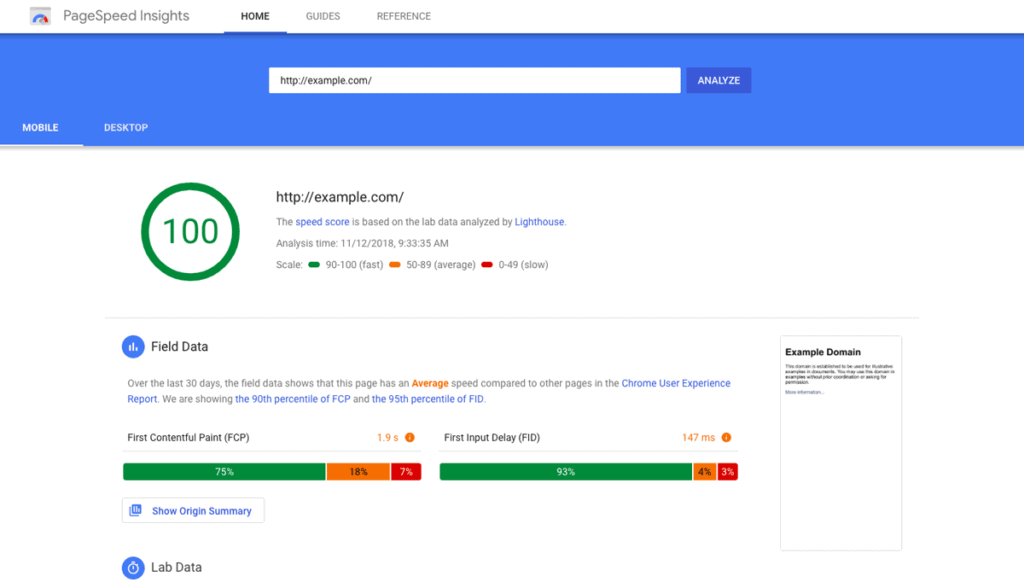
Site speed is a ranking factor for Google and a key user experience driver. Optimising it should be a priority. Try these tips:
- Minify code – Remove unnecessary spaces and characters to reduce file size.
- Compress images – Shrink image file sizes without losing quality.
- Limit redirects – Minimise unnecessary redirects that increase load times.
- Async load third-party scripts – Load them after the main content instead of blocking page rendering.
- Use a CDN – A content delivery network stores copies globally for faster loading.
- Lazy load – Only load media and scripts when needed to be based on scroll position.
There are also great plugins for WordPress and other platforms specifically designed to speed up your site.
Mobile Responsiveness is Mandatory
With over 60% of web traffic coming from mobile devices, ensuring your site is fully responsive is no longer optional – it's a must.
Follow responsive design best practices like:
- Flexible layouts – Layouts adapt and resize smoothly for all screens.
- Media queries – CSS rules apply styling based on screen size breakpoints.
- Fluid fonts/images – Font sizes and images dynamically scale down for smaller screens.
- Tap targets – Links and buttons are large enough for fat finger taps.
- Minimal scrolling – There is less need for vertical scrolling by hiding and collapsing elements.
Test your site on all major devices and connections to ensure a stellar mobile experience. Users will quickly move on from a non-mobile-friendly site.
SEO Best Practices
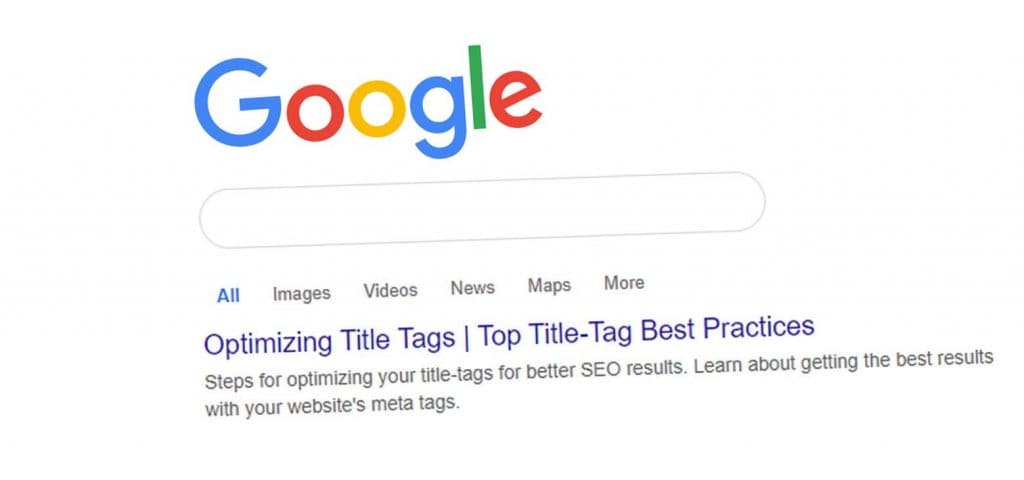
Driving organic traffic from search engines likely ranks high in your website goals. That makes following SEO best practices a must. Here are some top tips:
- Optimise page titles and meta descriptions – These impact click-through rates from SERPs.
- Prioritise speed – Faster sites rank higher in search results.
- Use heading tags appropriately – Outline content structure and hierarchy for SEO.
- Write strategic blog content – Useful, relevant, long-form content attracts organic traffic.
- Get backlinks – Earn backlinks from reputable external sites to improve domain authority.
- Fix technical errors – Correct crawling and indexing issues flagged in the Search Console.
SEO is a complex, ever-evolving topic. Work with an SEO specialist or agency to maximise your organic presence.
Analytics and Conversion Tracking
Understanding how people use and move through your site is critical for optimisation. That's where analytics comes in. Some key things to track:
- Sessions and users – Quantify total site traffic and engagement over time.
- Bounce rate – See what content causes people to leave the landing page.
- Top pages – Find your most popular content to focus on amplifying.
- Referrals – See what sites and links are driving the most traffic.
- Form/chat conversions – See what CTAs and offers convert most visitors.
Conversion tracking turns insights into action. Install tracking pixels, tags, and scripts on your site to unlock the data.
Driving Traffic to Your New Site
Your fantastic new website is ready to launch…but will anyone find it? Driving traffic should be a core part of your strategy. Some top ways to get visitors:
- Leverage social media – Promote your content across all your social channels.
- Run paid ads – Take out SEM, social media, and display network campaigns.
- Build backlinks – Reach out to other sites to get linked to from authoritative domains.
- Email marketing – Notify your subscriber list about your new site.
- Guest post – Publish relevant articles on industry blogs, linking to your site.
- Optimise for local SEO – Focus on ranking for searches near your location.
- Create link-worthy content – Produce resources likely to attract visitors and get linked or shared.
Traffic won't grow overnight. Take a multi-channel, long-term approach to build your website's audience steadily.
Turning Visitors into Customers
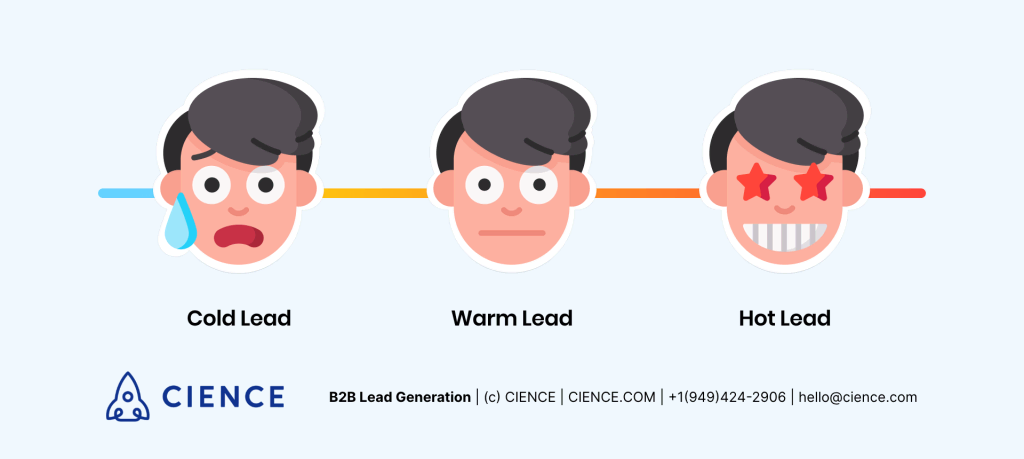
Getting visitors to your shiny new website is only step one. Now, you need to convert them into customers or email list subscribers. Some proven tactics:
- Offer a lead magnet – A free ebook, toolkit, consultation, etc., in exchange for an email.
- Highlight testimonials – Social proof of past customer success builds trust.
- Use calls-to-action – Compelling graphics and text to drive desired actions.
- Limit steps to purchase – Reduce fields and clicks needed to checkout.
- Collect and use data – Retarget visitors with ads based on their interests.
- Instil urgency – Discounts, expiring offers, and limited quantities can incentivise faster purchases.
- Make it mobile-friendly – Optimise checkout and key landing pages for mobile conversions.
A website itself doesn't generate revenue – you must convert visitors. Continuously test and optimise each step of your conversion funnel.
Maintaining and Refreshing Content
Don't make your new website just a set-it-and-forget-it project. Maintaining and adding fresh content over time is critical for keeping visitors engaged and coming back. Here are some ideas:
- Blog regularly – Consistently publish new long-form content around your niche and keywords.
- Email newsletter – Regularly update your list with curated or new content.
- Social media integration – Auto-post blog content across your social media channels.
- Discuss trending topics – Stay timely and relevant by covering what's new in your industry.
- Curate external content – Share other resources and perspectives aligned to your brand.
- Refresh old content – Update or expand outdated or underperforming content.
- Add visual assets – Include new photos, illustrations, infographics, videos, etc.
- Invite guest contributions – Reach out to colleagues and influencers to contribute content.
Keep your content engine running to stay top of mind with your audience. Automate and outsource where possible to make it sustainable.
Launching Your Website
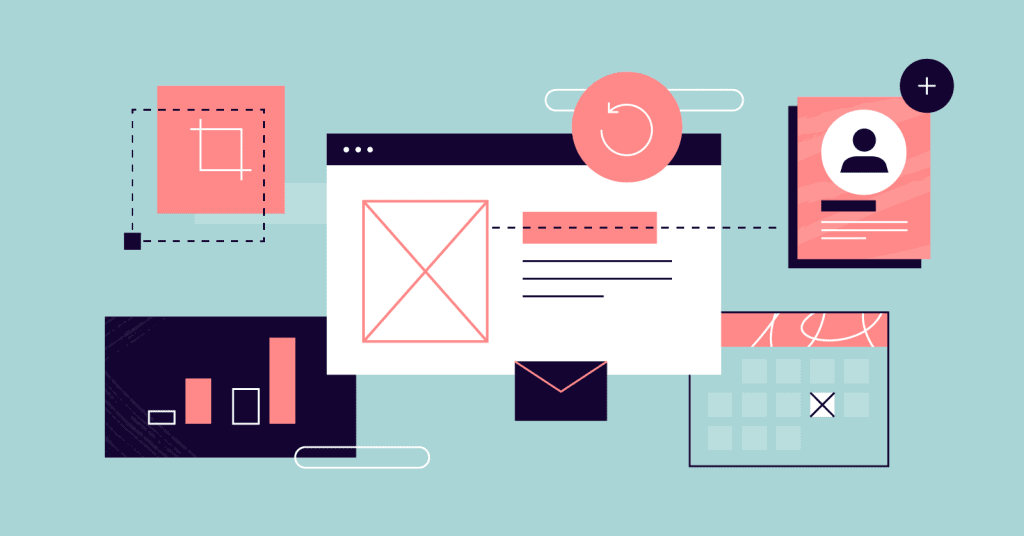
Once your website is ready to go live, here are some tips for a successful launch:
- Thoroughly test – Check forms, links, speed, etc. Fix bugs and errors before the public sees it.
- Set up analytics – Install tracking code on all pages to monitor results from day one.
- Redirect your domain – If migrating an existing site, set up 301 redirects so visitors land in the right places.
- Submit XML sitemaps – Create and submit XML sitemaps to search engines for better indexing of pages.
- Create launch plan – Build buzz through email, social promotion, PR, paid ads, etc. Don't just “flip the switch”.
- Announce it – Let your email subscriber list know about your new website and encourage shares.
- Monitor closely – Keep a close eye on analytics and user feedback early on to catch any issues.
- Refine and iterate – Use learnings from the launch period to continuously refine and improve the site.
Following these steps will help ensure your website gets discovered and creates maximum impact out of the gates.
Common Website Mistakes to Avoid
Building a website makes it easy for some common pitfalls to sneak in. Be vigilant to avoid these mistakes:
- Typos and broken links – Double-check all text and links before launch.
- Slow load times – Optimise speed with image compression, caching, etc.
- Not mobile friendly – Test responsiveness and remove pinch/zoom popups.
- No clear CTA – Ensure easy-to-find calls-to-action for desired visitor actions.
- Weak copywriting – Work with a copywriter to improve message impact through words.
- Content just to sell – Over-promotion turns visitors off. Focus first on providing value.
- Ignoring SEO – Technical optimisations and keyword targeting improve organic traffic.
- Security vulnerabilities – Use HTTPS and follow best practices to protect user data.
- Lack of updates – Websites go stale if not maintained. Add fresh content continuously.
Following web best practices in your initial build avoids having to undo issues down the road.
Conclusion
Building and launching a new website is an exciting journey full of creative possibilities and the potential to grow your business or brand. Define your goals, choose the right platform, and follow the process outlined here to bring your vision to life.
Remember that a website is never “done” – success requires ongoing care, refreshing, promotion, and optimisation. Use analytics to improve and fine-tune based on actual visitor data. If you provide genuine value, drive traffic, and put users first, your new website will meet your goals and exceed your expectations.
Get out there, craft a fabulous online presence, and reap the rewards!
Frequently Asked Questions
What is the best platform to build a website on?
It depends on your goals, budget, timeline, and technical capabilities. For small business owners, website builders like Wix or Squarespace offer the most straightforward startup process. A CMS like WordPress is preferable for advanced customisation and scalability but requires more expertise.
How much does it cost to build a website?
Costs vary widely based on size, complexity, custom designs, and whether you DIY or hire a web developer. Simple sites can run as little as $10/month for hosting. An advanced custom build can cost $50k or more. Determine your must-haves to balance your budget with your needs.
How long does it take to build a website?
For a DIY site from a template, expect 40+ hours for setup, but it can be as little as a few days. For a custom build, allow 2-4 weeks for design and development, more for complex functionality. Give yourself plenty of time for revisions and testing before launch.
What makes a good website?
Fast loading, mobile-friendly, simple navigation, compelling content, clear CTAs, and a design aligned with your brand are core elements of effective websites. Everything should focus on guiding visitors seamlessly towards conversions.
How do I drive traffic to my website?
Optimising for SEO, running ads, promoting on social media, building backlinks, creating share-worthy content, emailing your list, and other ongoing tactics will steadily grow your site's traffic. Be patient and persistent.
